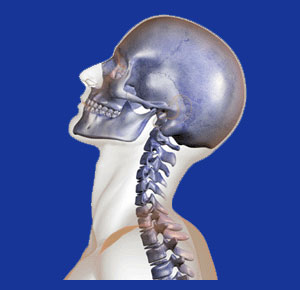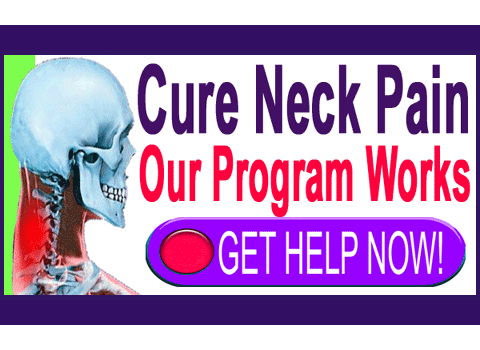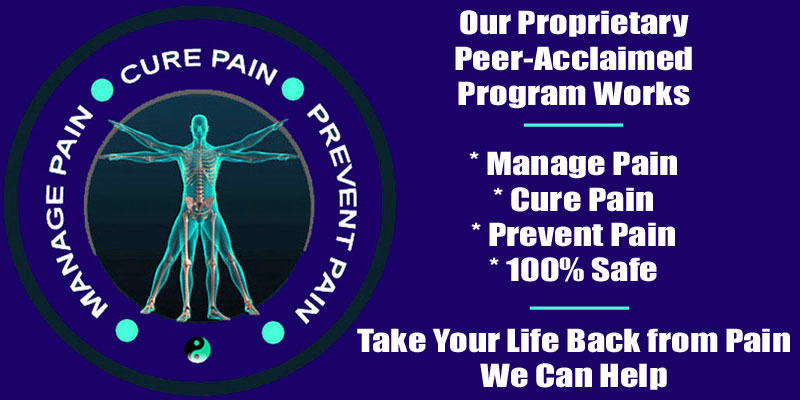
Cervical hyperlordosis describes an exaggerated spinal curvature in the neck. Hyperlordosis may occasionally be the primary cause of neck pain and other neurological symptoms, but might also be a result of pain or a completely coincidental finding during diagnostic evaluation. Some degree of lordotic curvature is normal in the cervical spine. However, in hyperlordotic patients, the curvature is greater than is deemed typical and may present visual and functional abnormality. Hyperlordosis comes in different degrees with mild to moderate curvature changes usually being considered quite innocent, while the worst exaggerated curves might be pathological, especially if they reduce the patency of the central or foraminal canals.
This discussion centers on hyperlordotic curvatures in the neck. We will examine the causes of hyperlordosis, as well as its possible effects.
Causes of Cervical Hyperlordosis
Exaggerated front-to-back curvature in the neck can be classified as skeletal or muscular in origin:
Skeletal hyperlordosis is created by actual changes in the spinal anatomy that alter the way the vertebral column aligns, bends, supports weight and moves. There are many possible direct causes and contributors that might cause a lordotic change to occur in the neck. Often, several of these factors work together to create the hyperlordosis condition. Some of the most common contributory factors to hyperlordosis include: herniated discs, degenerated discs, spinal arthritic accumulations, scoliosis, thoracic hyperkyphosis, trauma injury, cervical vertebral slippage and congenital or developed spinal structural abnormalities.
Muscular hyperlordosis comes about due to poor posture or spasm caused by some other process, such as a neuromuscular disease, soft tissue imbalance or ischemic pain syndrome. All of these conditions can cause supporting muscular tissues to spasm in the neck, potentially pulling the spine out of normal alignment and into a hyperlordotic state. However, most muscular spasms tend to result in cervical hypolordosis instead. Hyperlordosis is often seen in people who demonstrate forward head posture.
Hyperlordosis Symptoms
Most cases of hyperlordosis in the neck are asymptomatic. They may present a subtle visual abnormality, but usually do not cause any pain or neurological dysfunction. However, some cases exist at the same time that pain is being caused by another process and might even be the result of this painful process, especially in cases where muscles have gone into spasm and have therefore changed the typical spinal curvature.
When hyperlordosis exists in combination with neck pain, the atypical curvature is often blamed for creating the discomfort. This diagnostic link is rarely proven and treatment results show that the theoretical relationship is usually incorrect and unfounded. Many patients undergo treatment for hyperlordosis, since the true underlying cause of pain is effectively camouflaged and never evaluated once the theory of pathological irregular curvature is used to explain symptoms.
In some cases, severe and extreme hyperlordosis can indeed cause pain and related symptoms. The reasons for this vary, but usually follow one of 2 possible patterns:
Some hyperlordotic conditions can really stress the surrounding musculature. This can cause pain, tightness, spasm and even injury to the muscles, ligaments and tendons in the anatomical vicinity. This is most often seen when the patient demonstrates marked forward head posture, in addition to an exaggerated front-to-back spinal curvature. Pain is often felt down the lower sides and in the back of the neck, often into the upper back and between the shoulder blades. Some patients might demonstrate pain behind the ear, near the corner of the jaw, as well.
Other hyperlordotic conditions might narrow the central vertebral canal or close off one or more of the neuroforaminal spaces. The former condition can result in symptom-generating central spinal stenosis, while the latter condition can cause pinched nerves in the neck to occur. Consequences vary, but will usually include a range of symptomatic expressions including pain, paresthesia and weakness due to nerve impairment.
Cervical Hyperlordosis Therapy
Skeletal versions of hyperlordosis are very difficult to treat nonsurgically. The patient can be taught to utilize the neck muscles to realign and balance the spine, but this often causes different pain conditions to begin, including chronic strain syndrome. Most skeletal issues that cause mild to moderate hyperlordosis will not be the cause of pain, so they typically do not require active treatment. However, these conditions should be monitored for progression and might require therapy at some point if they continue to degenerate.
Hyperlordosis caused by poor posture can be addressed, although the process takes time and concerted effort. Physical therapy and Alexander Technique are 2 of the best methods of realigning posture, eliminating the forward head posture and related posture-induced hyperlordosis.
For hyperlordotic conditions that are the result of other nonspinal processes, the true underlying source of symptoms must be discovered and treated in order for the patient to recover. This may involve a full diagnostic work-up to check for neuromuscular disease, systemic causation, muscular imbalance or injury, and of course, the common incidence of mindbody pain syndromes. The psychogenic ischemia process is a common origin for chronic muscle pain and cramping; just the type that can easily change the lordotic curvature in the neck.
Once a positive diagnosis is reached, then treatment can be rendered to correct the muscular concern, which should, in time, subsequently also resolve the hyperlordotic presentation.
Neck Pain > Cervical Spinal Lordosis > Cervical Hyperlordosis





